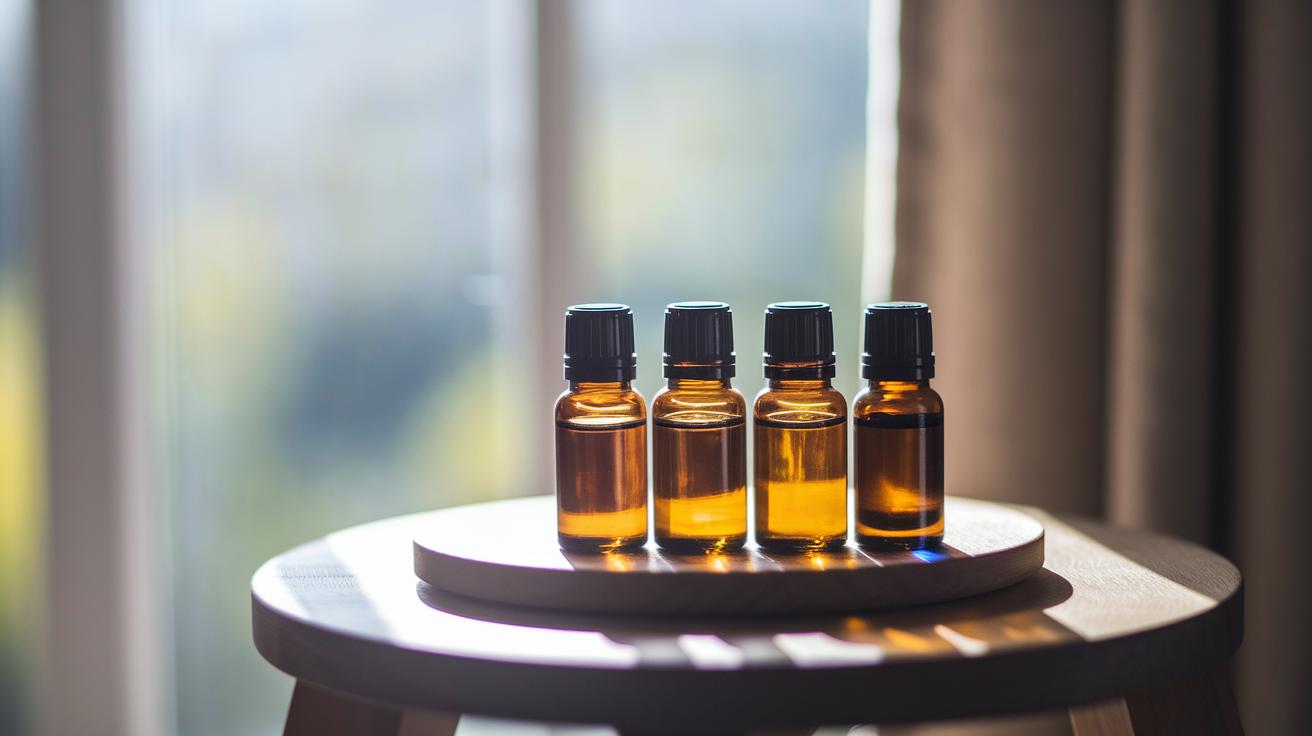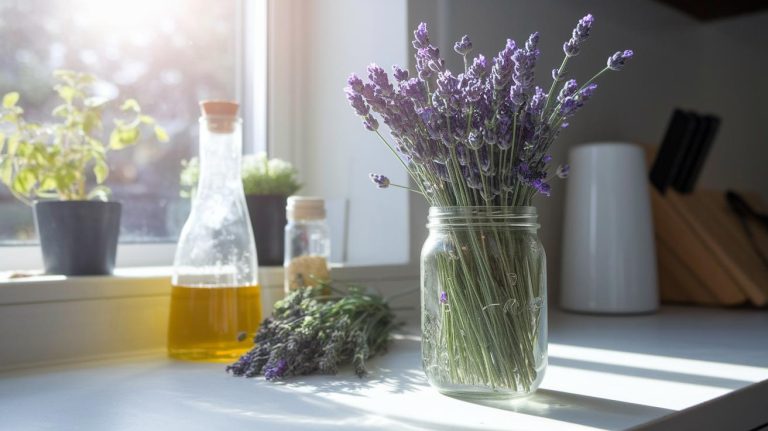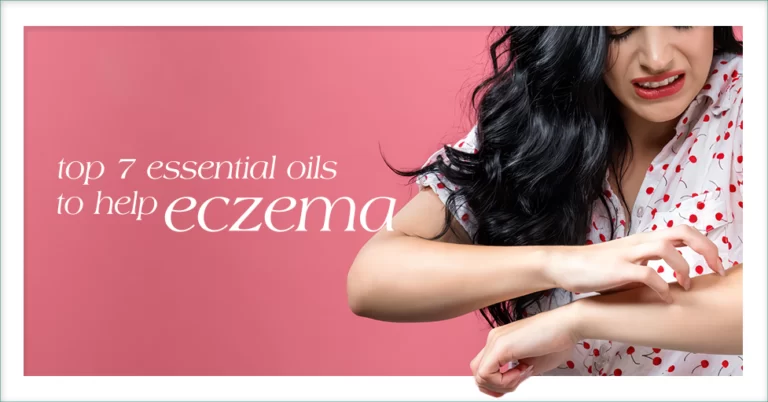5 USDA certified organic essential oils Pure Confidence
Have you ever looked at that “organic” label on your essential oil bottle and thought, um, is it really pure? You’re not alone. Plenty of brands slip in hidden solvents that mute the real aroma.
Here at Organic Aromas, our USDA Certified Organic (grown and processed without synthetic pesticides or additives) essential oils come straight from plants cared for by nature. That means each drop delivers full-strength scent and natural benefits without anything extra.
Picture a soft lavender haze easing your stress… a bright peppermint breeze sharpening your focus. Next, let’s explore five USDA Certified Organic oils you can trust. Breathe in pure confidence with every gentle mist!
Understanding USDA Certified Organic Essential Oils: Definition and Certification Requirements
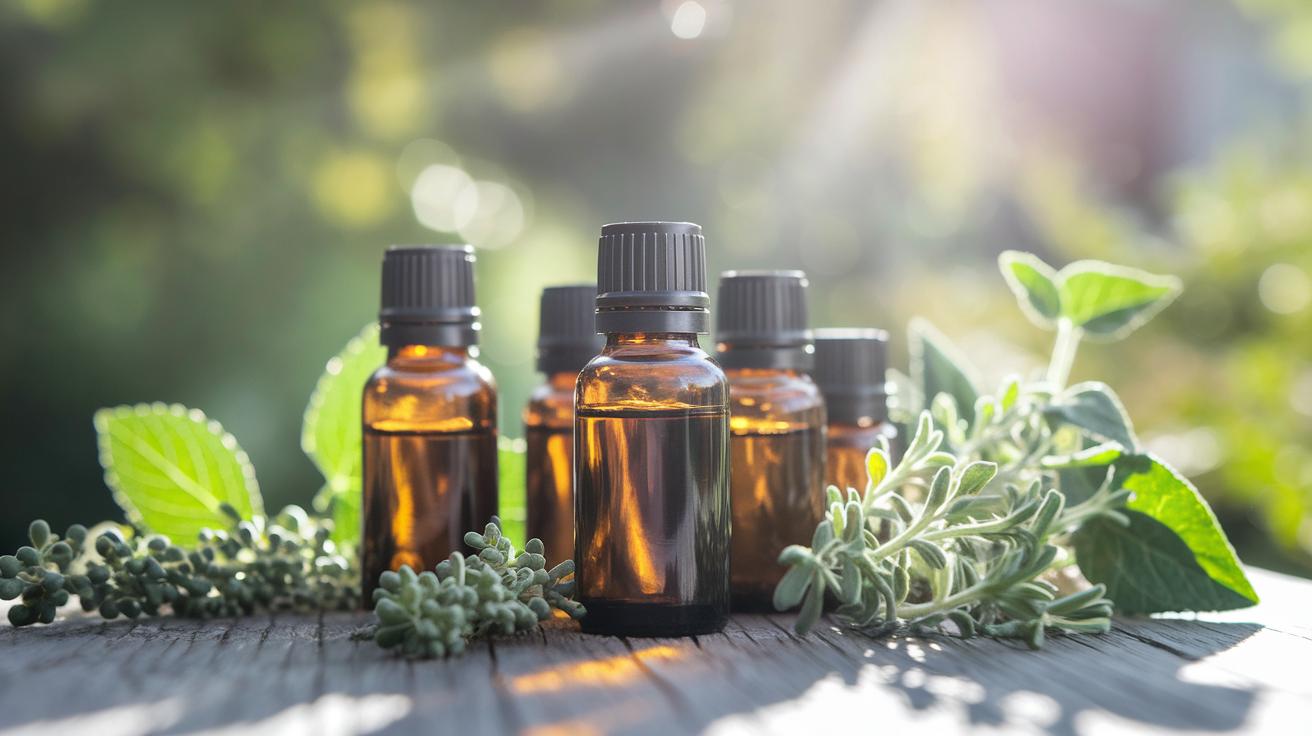
At Organic Aromas, we choose USDA Certified Organic essential oils. These oils are pure plant extracts made under strict rules. Plants grow without synthetic pesticides (man-made bug killers), herbicides (weed killers) or genetically modified seeds.
After harvest, we process oils without any synthetic solvents or additives. That means each drop delivers an undiluted aroma and full therapeutic value. Have you ever noticed how a single drop of lavender oil calms your mind? Feel the natural mist.
To earn USDA organic status, at least 95 percent of ingredients must come from certified organic farms. Then the USDA inspects every step. They check planting, growing and distillation. We keep detailed records and face annual audits to make sure everything adds up.
When you spot the USDA organic seal, you know it’s truly organic. No chemicals means the true scent and natural compounds shine. And that gives you confidence. Whether it’s lavender, peppermint or tea tree, you get clean, safe and potent oil, just as nature intended.
Extraction Methods for USDA Certified Organic Essential Oils
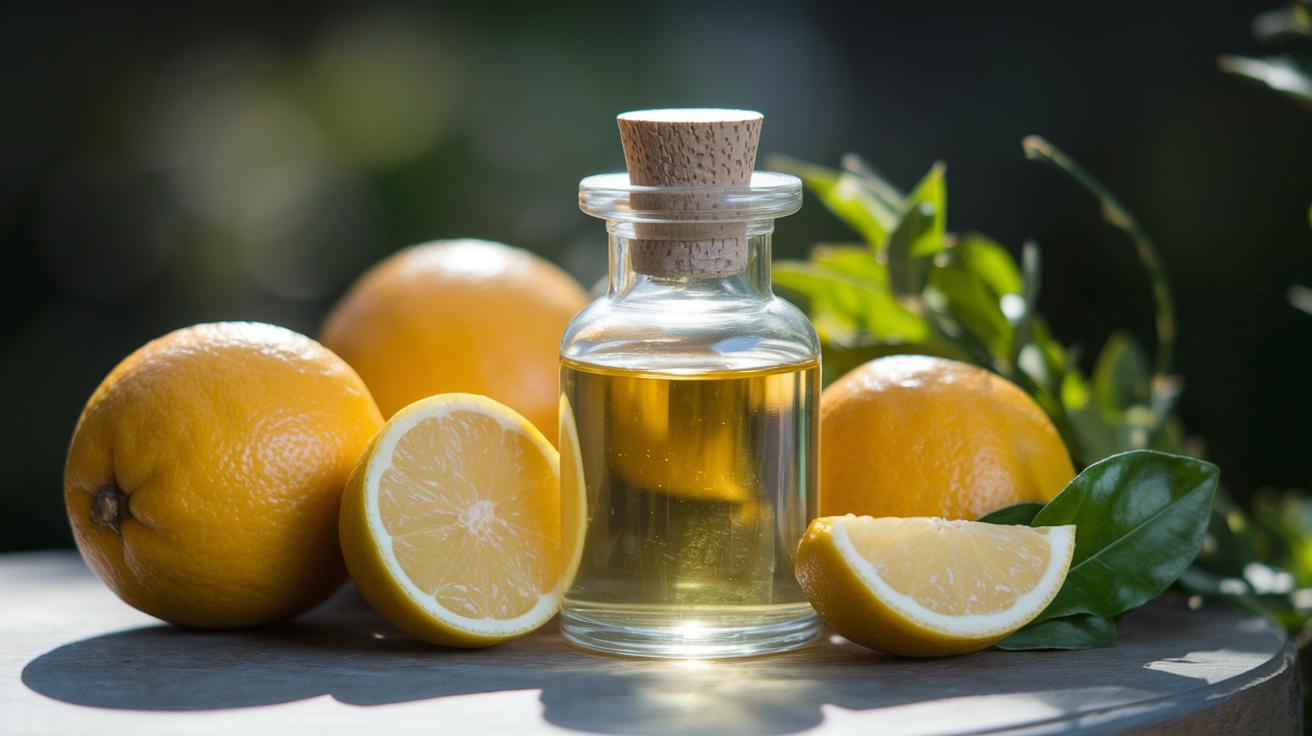
USDA certified organic essential oils follow strict purity standards. They come from plants grown with organic farming practices that keep soil healthy and chemical-free. And no synthetic solvents or fillers touch these oils. Every drop holds the full aroma and therapeutic compounds.
Cold-pressed oils use gentle pressure (using gentle pressure to squeeze oil) to crack citrus peels and release fragrant liquid. The process stays cool and preserves bright top notes like zesty lemon or sweet grapefruit. No chemicals here. It’s as simple as a quiet press unlocking pure citrus aroma.
Steam distillation (how steam releases plant essences) sends warm vapor through petals or leaves. The rising mist carries tiny oil molecules into a cooler chamber. Then oil floats to the surface. You get clean lavender, eucalyptus or tea tree aroma in every soft waft.
Solvent-free extraction covers methods like enfleurage or supercritical CO₂ (using carbon dioxide under pressure to pull out oil). These gentle techniques avoid alcohol or petroleum solvents and keep delicate compounds intact. So you end up with rich, full-spectrum jasmine, rose or chamomile oils. Have you ever noticed how jasmine scent drifts around a room like a soft lullaby?
| Extraction Method | Process Overview | Typical Oils |
|---|---|---|
| Cold-Pressing | Gentle pressing of peels; keeps aroma bright | Orange, Lemon, Grapefruit |
| Steam Distillation | Steam through plant matter; cools to separate oil | Lavender, Eucalyptus, Tea Tree |
| Solvent-Free Extraction | Enfleurage or CO₂ methods; no synthetic solvents | Jasmine, Rose Otto, Chamomile |
Each USDA certified organic extraction method protects natural compounds and purity. The result is a cleaner, truer scent.
Ensuring Purity: Quality Testing for USDA Certified Organic Essential Oils

Have you ever wondered if your diffuser mist is really pure? Each soft ripple of vapor should carry only the true aroma of plants. Organic Aromas uses lab tests to keep it that way.
They share results from gas chromatography (how we turn oil into vapor to sort its compounds) and mass spectrometry (how we break those compounds into tiny pieces so we can measure them). Together these tests create a clear fingerprint for every oil.
Third-party labs handle the testing so you don’t have to guess. They check for pesticides, synthetic fillers or any odd spikes in the GC-MS report. So you know your lavender mist really comes from lavender blooms, not cheaper cuts.
Breathe in confidence.
Here’s how to spot purity in a GC-MS report:
- Look for single, clean peaks on the chromatogram.
- Check retention times (when each compound shows up) against standard profiles.
- Find the summary of test methods and detection limits, more detail means more trust.
Detecting adulteration (finding added chemicals) often flags fillers like fake linalool or mixed terpenes. When brands post full GC-MS reports, you get charts and numbers that prove no hidden ingredients. Um, that’s peace of mind right there.
Inhale only the true scent and soothing benefits of USDA certified organic oils.
5 USDA certified organic essential oils Pure Confidence
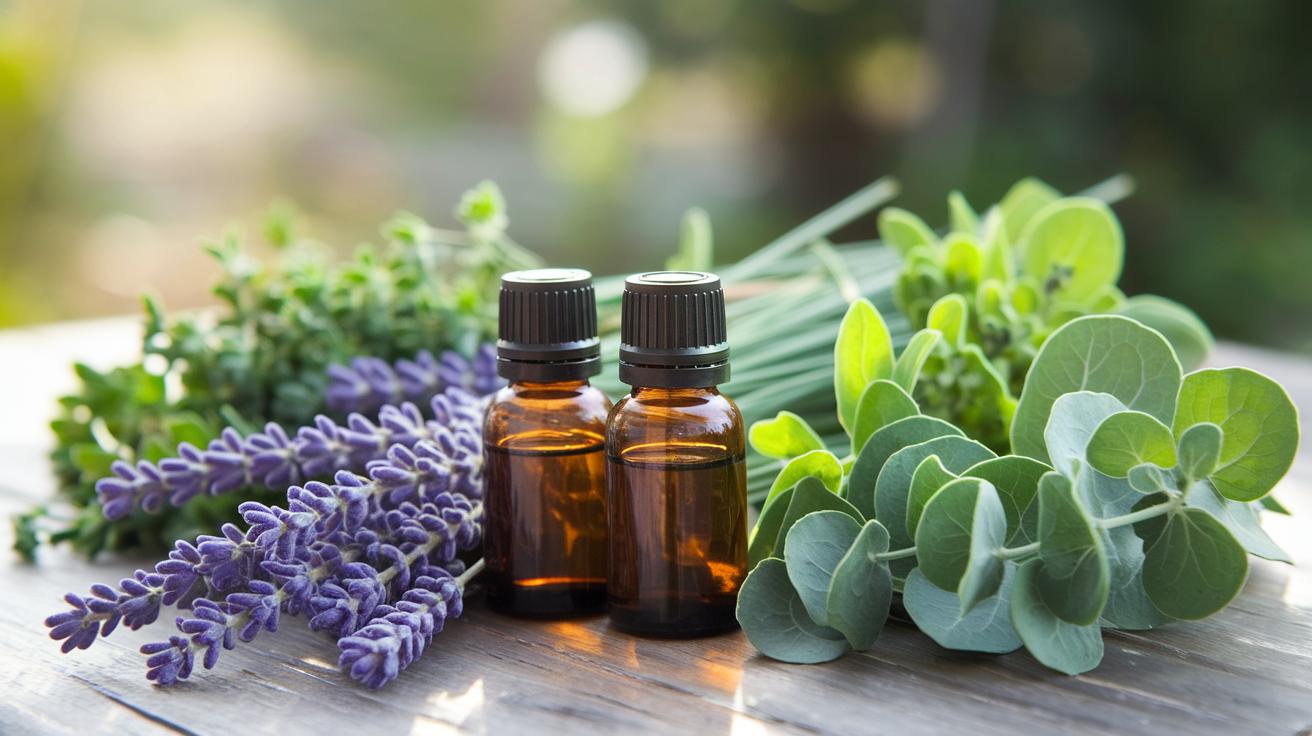
Have you noticed how a fine mist can transform your room? Organic Aromas presents USDA certified oils that wrap you in a clean, plant-derived hug. These drops bring undiluted goodness, no hidden fillers.
Each drop has a purpose. Need calm before bed? A midday pick-me-up? Five organic plant extracts await to elevate your wellness ritual.
- Lavender Oil: Soothes frayed nerves and helps you drift into deep, restful sleep. Let its soft floral scent drift through your space.
- Peppermint Oil: Eases gentle digestive discomfort and clears the mind with a crisp, minty aroma.
- Tea Tree Oil: Calms blemishes when you apply a few drops in a carrier oil (a plant-based oil used to dilute essential oils) for a quick spot-treatment roll-on.
- Eucalyptus Oil: Opens airways and eases seasonal sniffles with its cool, camphor scent.
- Lemon Oil: Brightens your mood and freshens any room with a natural, citrusy zing.
Next, add three to five drops to your nebulizing diffuser (how a fine mist delivers undiluted essential oils) and enjoy twenty minutes of gentle mist. Or blend with a carrier oil for a soothing massage or topical roll-on.
Buying Guide for USDA Certified Organic Essential Oils
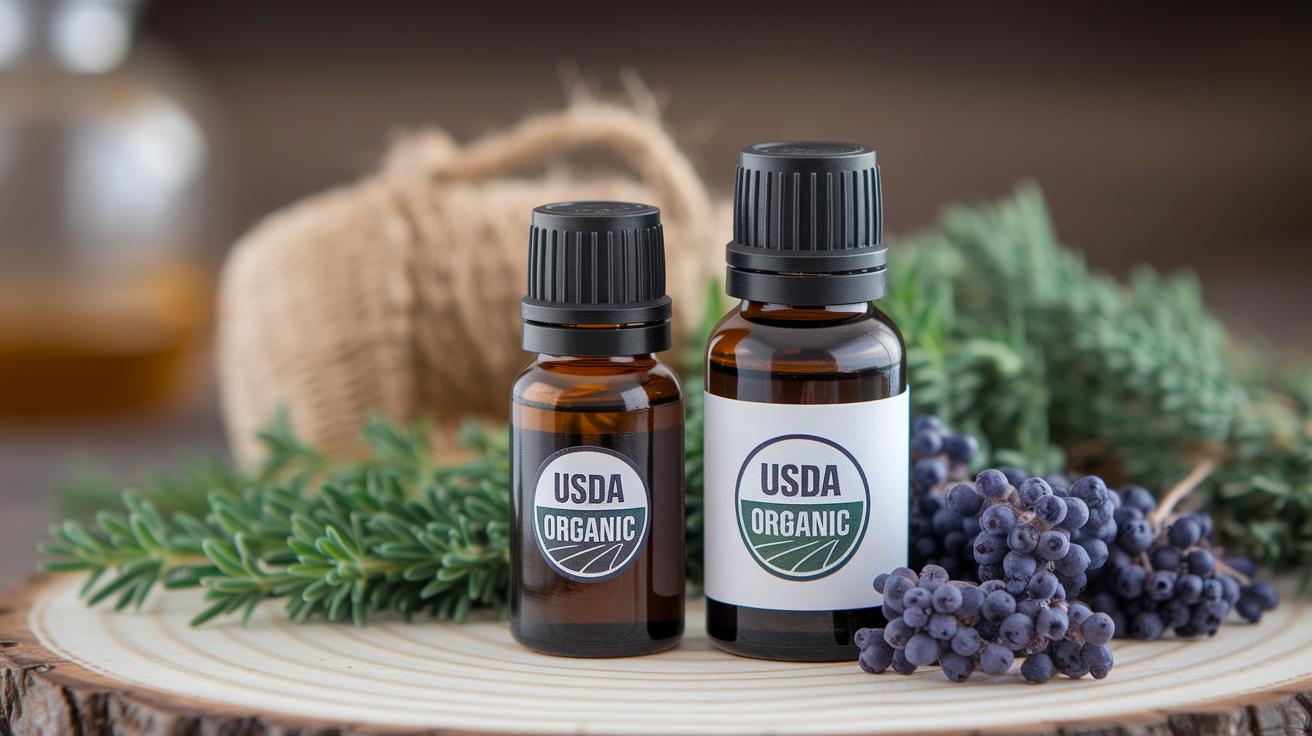
At Organic Aromas, we know how it feels to stand in front of shelves brimming with tiny bottles. You might wonder how to spot pure, farm-grown drops from hidden fillers. This guide walks you through every step, so you can pick true organic oils with confidence. Trust your senses and our tips.
First, set a budget. Certified organic oils usually run $10 to $30 per 10 ml bottle. Rare scents like rose otto or jasmine may cost more , they need heaps of petals or gentle steam distillation (how steam extracts plant aroma). Knowing price ranges helps you plan your daily lavender calm and special floral treats.
- Price Benchmarks
- Certified organic oils cost $10–$30 per 10 ml.
- Low-yield blooms can climb above $40.
- Um, compare brands to feel out a fair price.
Next, read labels like a pro. Look for that round USDA seal – wait, you know, the one showing 95%+ organic content. Pure oils list just one botanical name. Brands sharing batch-specific GC-MS (gas chromatography-mass spectrometry) data feel more transparent.
- Label Reading Tips
- USDA round seal with “95%+ organic content.”
- One clear botanical name.
- Batch numbers & GC-MS report links.
Then, um, watch for fillers. Synthetic linalool or unlisted carrier oils can sneak in. If the scent feels harsh or chemical, pause. A smooth, natural aroma should drift through the air like a gentle mist. And if a bottle is almost free, it might be too good to be true.
- Adulterant Alerts
- Synthetic linalool or non-organic carriers
- Harsh, chemical-like aroma
- Suspiciously low prices
Finally, compare brands. A clear seal plus batch data means you’re getting real, farm-grown drops.
Need help blending? Visit the Essential Oil Dilution Guide for simple, safe mix recipes.
Breathe.
Relax.
Enjoy your pure oils.
Sustainability and Environmental Impact of USDA Certified Organic Essential Oils

Have you ever wondered how pure essential oils can protect our planet? Here at Organic Aromas, we start with soil that’s alive and healthy. USDA certified organic means farmers avoid synthetic pesticides and solvents (chemicals that harm tiny soil microbes). And that keeps waterways clear and wildlife safe.
Certified growers follow farming steps that help the land get stronger over time. They rotate crops, sow cover crops, and add compost (natural plant matter that feeds the soil). This keeps soil loose so roots can soak up moisture. Plus, inviting bees, butterflies, and helpful insects boosts biodiversity and fills fields with vibrant life and a fresh aroma.
Next, regenerative agriculture picks up where organic standards end, offering an extra layer of care. No-till planting and drip irrigation (a slow, water-saving watering method) help lock in carbon and save water in the soil. Many farms also join fair trade programs so farmers earn fair wages and local communities gain support. That ripple of good vibes flows from fields to forests and streams, and it feels like nature’s way of saying thanks.
Top Brands, Price Comparison, and Reviews of USDA Certified Organic Essential Oils
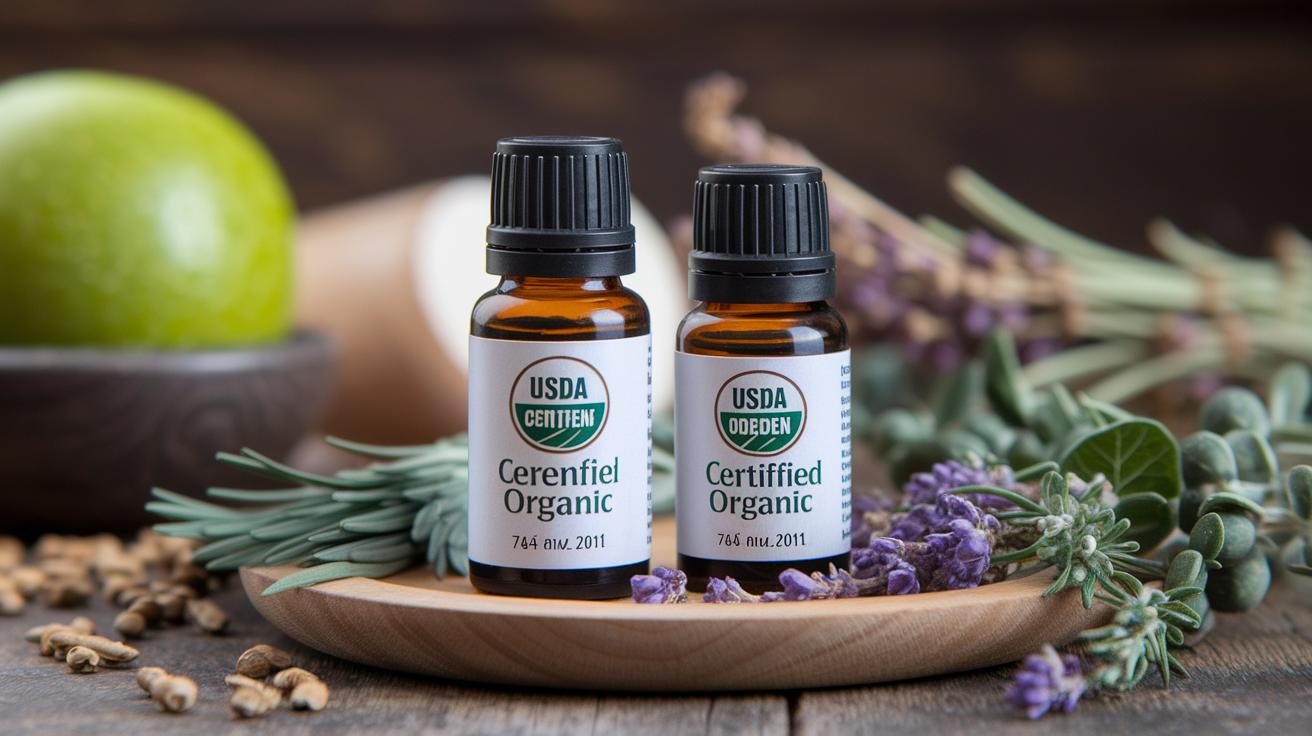
Have you ever wondered how pure your oils really are? When you’re hunting for USDA certified organic essential oils, these three brands shine. They each offer batch-specific GC-MS reports (tests that show oil purity). You can peek at the data before you buy and feel confident about what’s inside.
| Brand | Price Range (10 ml) | Sourcing Model | Customer Feedback |
|---|---|---|---|
| Aura Cacia | $12–$28 | Direct-trade from growers | Users praise bright, true lavender and fresh lemon |
| Plant Therapy | $10–$25 | Wholesale organic suppliers | Fans note smooth peppermint and fast shipping |
| Mountain Rose Herbs | $15–$30 | Fair-trade partnerships | Reviewers love rich jasmine and gentle chamomile |
Aura Cacia often works directly with farmers and lets you see clear GC-MS reports for each batch. Their lavender carries a bright floral note and their lemon smells like a fresh-squeezed slice. It feels honest, no hidden surprises. You get the sense they really respect the plant.
Then there’s Plant Therapy, which brings you wallet-friendly, USDA certified oils from trusted wholesale organic suppliers. Their peppermint is cool and minty, great for a midday pick-me-up. Shipping is fast, too. Um, you know it’s nice when your order shows up right when you need it.
Mountain Rose Herbs goes all in on fair-trade partnerships and offers rare, higher-end oils like rose otto. Their jasmine is lush and deep, while chamomile drifts in soft and calm. Some think rose otto can feel splurge-y, but most agree its purity justifies the price. It’s like a mini spa in a bottle.
Customers often mention how clean the scent stays and how long the mist lasts in a nebulizing diffuser (how a fine mist delivers undiluted essential oils). A few admit that jasmine or rose otto can stretch your budget. But for pure, organic confidence, these three brands deliver every time.
Breathe. Enjoy.
Final Words
We jumped into what makes these oils truly organic, from strict USDA rules to pure plant growth. Then we outlined extraction methods and quality tests that keep each drop free of fillers.
We highlighted key benefits and offered buying tips. We even explored eco-friendly farming and top brands you can trust.
Your well-being deserves this pure touch.
Enjoy the calm, lift your mood, and create a spa feel at home. Embrace the natural goodness of USDA certified organic essential oils today.
FAQ
What are USDA Certified Organic essential oils?
USDA Certified Organic essential oils are made from plants grown without synthetic pesticides, herbicides or GMOs. They’re processed without chemical solvents and must contain at least 95% organic ingredients.
What requirements must essential oils meet for USDA organic certification?
To earn USDA organic certification, oils must come from plants grown without synthetic chemicals or GMOs, be processed solvent-free, and contain at least 95% certified organic content.
What extraction methods are used to produce USDA Certified Organic essential oils?
USDA standards require solvent-free processes like cold-pressing citrus oils, steam distillation for flowers and herbs, and other solvent-free techniques that preserve natural aroma compounds.
How can I verify the purity of USDA Certified Organic essential oils?
You can verify purity by checking third-party GC-MS test results, which use gas chromatography and mass spectrometry to confirm no contaminants, synthetic fillers or adulterants in USDA organic oils.
What health and aromatherapy benefits do USDA Certified Organic essential oils offer?
Common USDA organic oils like lavender aid relaxation and sleep, peppermint boosts digestion and mood, tea tree supports skin care, eucalyptus eases breathing, and lemon uplifts mood and naturally cleans.
How do I choose genuine USDA Certified Organic essential oils?
Choose oils priced $10–$30 per 10 ml bottle with the USDA organic seal, 95%+ organic content label, and batch-specific GC-MS report references to ensure authenticity.
How does USDA organic certification support sustainable essential oil farming?
USDA organic rules ban synthetic chemicals, nurture soil health, conserve water and biodiversity, and encourage regenerative and fair-trade practices that strengthen communities and protect the environment.
Which brands offer reputable USDA Certified Organic essential oils?
Leading brands like Aura Cacia, Plant Therapy and Mountain Rose Herbs provide batch-specific GC-MS reports, transparent sourcing, and customer reviews praising pure aroma and therapeutic effects.

